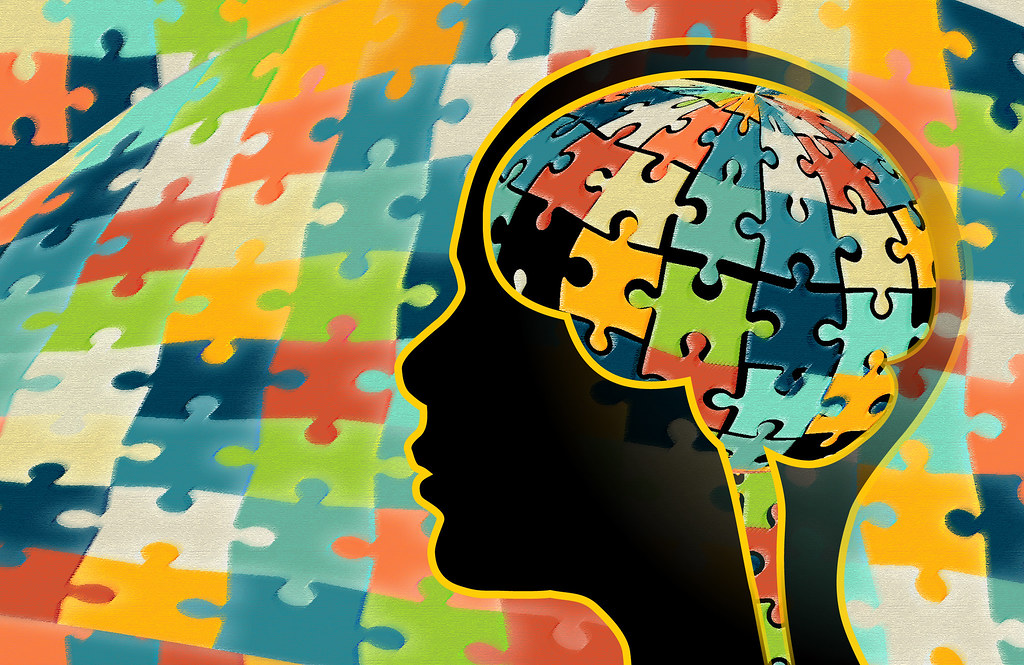However, the apparent rise in positive ASD diagnosis numbers may be attributed to changes in diagnostic criteria and methods rather than a surge in the actual number of individuals with the disorder.

Autism, often referred to as Autism Spectrum Disorder (ASD), is a complex neurodevelopmental condition that affects a person’s ability to communicate, interact with others, and navigate the world around them.
It is a spectrum disorder, meaning that individuals with autism can exhibit a wide range of symptoms and abilities.
Here, we explore the definition of autism, its characteristics, the challenges faced by individuals on the spectrum, and strategies for effectively communicating and interacting with autistic individuals.
Defining Autism
Autism Spectrum Disorder is characterized by persistent deficits in social communication and interaction and the presence of restricted, repetitive patterns of behavior, interests, or activities. It typically becomes evident in early childhood and can vary widely in its presentation.
Some individuals may have significant difficulties in social communication and repetitive behaviors, while others may have milder challenges.
Understanding the thoughts and emotions of others can be particularly difficult for autistic individuals. Consequently, expressing themselves, whether through spoken words or non-verbal cues like gestures, facial expressions, or touch, can be a significant struggle.
Moreover, individuals with autism may experience variations in their learning abilities. Their skill development may not follow a typical pattern; for instance, they might encounter difficulties in communication but display remarkable aptitude in areas such as art, music, mathematics, or tasks involving memory.
As a result, they might excel in assessments focused on analysis or problem-solving skills.
Characteristics of Autism
- Communication Challenges: Autistic individuals may have difficulty with both verbal and non-verbal communication. Some may struggle with speech delays, while others may have a rich vocabulary but struggle with understanding idiomatic language and non-literal expressions.
- Social Interaction Difficulties: They may find it challenging to understand social cues, read facial expressions, or engage in reciprocal conversations. Some individuals with autism prefer solitary activities or may appear disinterested in social interactions.
- Repetitive Behaviors: Many autistic individuals engage in repetitive behaviors or routines, such as hand-flapping, rocking, or having specific rituals that they follow meticulously.
- Sensory Sensitivities: Sensory sensitivities are common in autism. Some individuals may be hypersensitive to sensory stimuli like noise, light, or textures, while others may be hyposensitive, seeking out sensory stimulation.
- Special Interests: Autistic individuals often develop intense interests in specific topics or objects, which can become a source of expertise and comfort.
Challenges
- Social Isolation: Due to difficulties in social interactions, autistic individuals may struggle to form friendships and relationships, leading to social isolation.
- Communication Barriers: Communication challenges can hinder their ability to express themselves and understand the emotions and intentions of others.
- Routine Disruptions: Unexpected changes or disruptions in routines can be distressing for many individuals with autism.
- Bullying and Stigma: Some autistic individuals are vulnerable to bullying and discrimination due to their differences, leading to emotional and psychological challenges.
How to deal with Autistic individuals
- Understanding and Acceptance: The first step in effectively interacting with autistic individuals is to understand and accept their differences. Recognize that autism is a neurological condition, not a choice or behavior.
- Clear Communication: Use clear, concise language when communicating. Avoid idioms, sarcasm, or abstract concepts. Visual aids and social stories can be helpful tools.
- Respect Sensory Sensitivities: Be mindful of sensory sensitivities. Provide a quiet and comfortable environment when possible, and ask about sensory preferences.
- Establish Predictable Routines: When working with autistic individuals, create and maintain predictable routines. Changes should be communicated in advance whenever possible.
- Empathy and Patience: Practice empathy and patience. Understand that they may have difficulties with perspective-taking and may need extra time to process information.
- Encourage Special Interests: Support and encourage their special interests, as these can be a source of motivation and connection.
- Provide Structure: Offering clear instructions and visual schedules can help individuals with autism navigate tasks and activities.
- Advocate for Inclusion: Promote inclusivity and advocate for the inclusion of autistic individuals in schools, workplaces, and communities.
- Educate Yourself: Continuously educate yourself about autism. Learn about its diverse presentations and stay up-to-date on evidence-based interventions.
- Seek Professional Guidance: Consult with professionals, such as speech therapists, occupational therapists, and behavioral therapists, for specialized strategies and interventions tailored to the individual’s needs.
Thus, autism is a complex and diverse condition that presents unique challenges for individuals and their families.
By gaining an understanding of autism’s characteristics and the obstacles it presents, and by embracing empathetic and inclusive practices, we have the opportunity to cultivate an environment that not only accepts but actively supports autistic individuals in their journey to realize their full potential.
Promoting open channels of communication and fostering mutual understanding is fundamental to creating a world where autism is not only accepted but celebrated for the distinctive viewpoints and exceptional talents it offers.